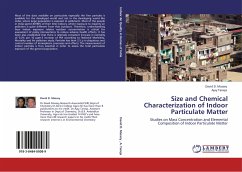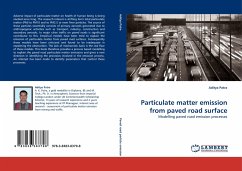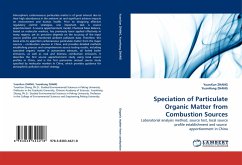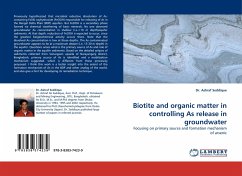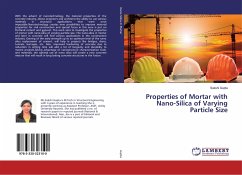Most of the data available on particulate especially the fine particles is available for the developed world and not in the developing world like India, where large population is exposed to pollutants. Most of the people in India spend 80-90% of their time indoors, where exposure to majority air pollution is quite different from that outdoors. Therefore, understanding how indoor exposure relates outdoor concentration is critical for assessment of policy interventions to reduce adverse health effects. It has been also established that there is relatively consistent increase in mortality of 0.2% per 10 gm-3 increase of PM according to National Morbidity, Mortality and Air pollution study. Particles less than 2.5 is ubiquitous and control number of atmospheric processes and effects. The measurement of indoor particles is thus essential in order to assess the total particulate exposure of the general population.

